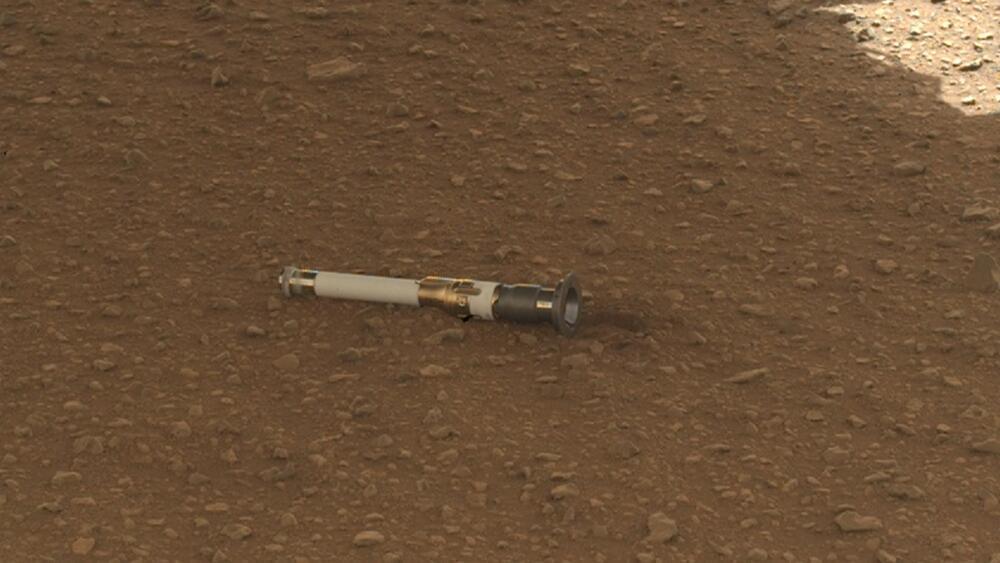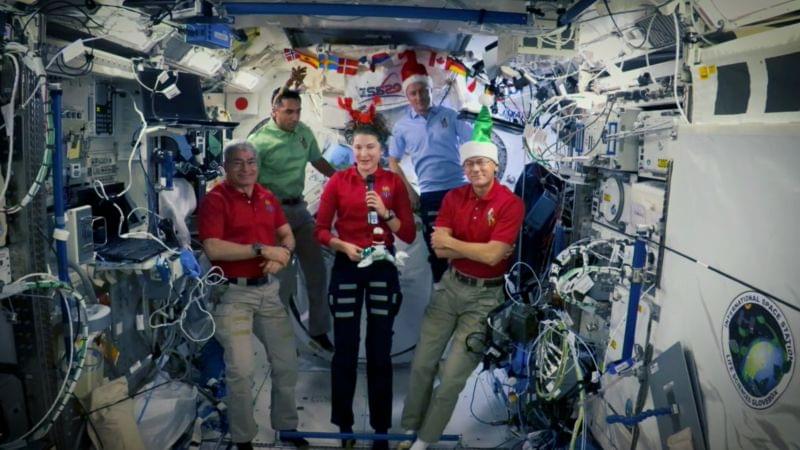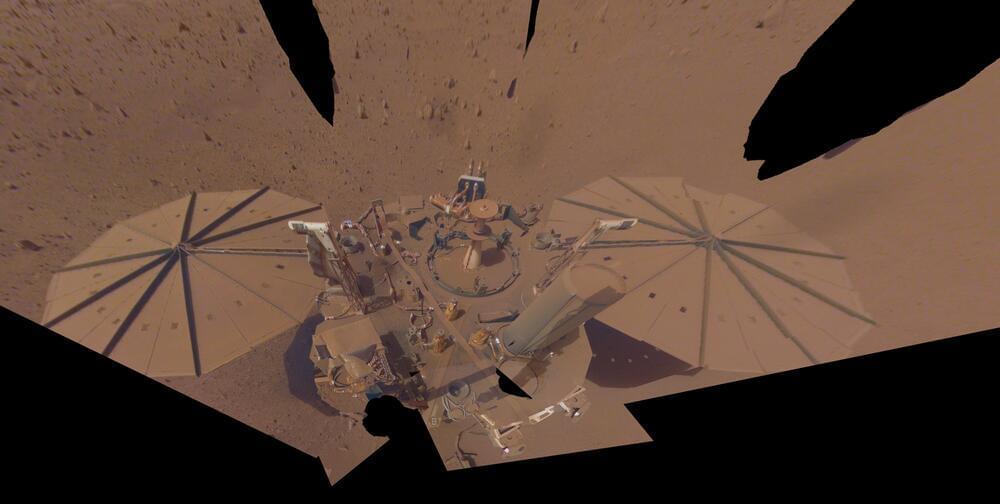Dec 22, 2022
Ancient Mars did not have atmospheric oxygen, claims new research
Posted by Gemechu Taye in category: space
That does not mean the planet did not have life.
A new experimental study conducted by Washington University in St. Louis is defeating any hope that scientists have had that atmospheric oxygen once existed on the Red Planet, according to a press release by the institution published on Thursday.
Instead, the scientists have found that under Mars-like conditions, manganese oxides can be readily formed without any presence of atmospheric oxygen.
Continue reading “Ancient Mars did not have atmospheric oxygen, claims new research” »

















